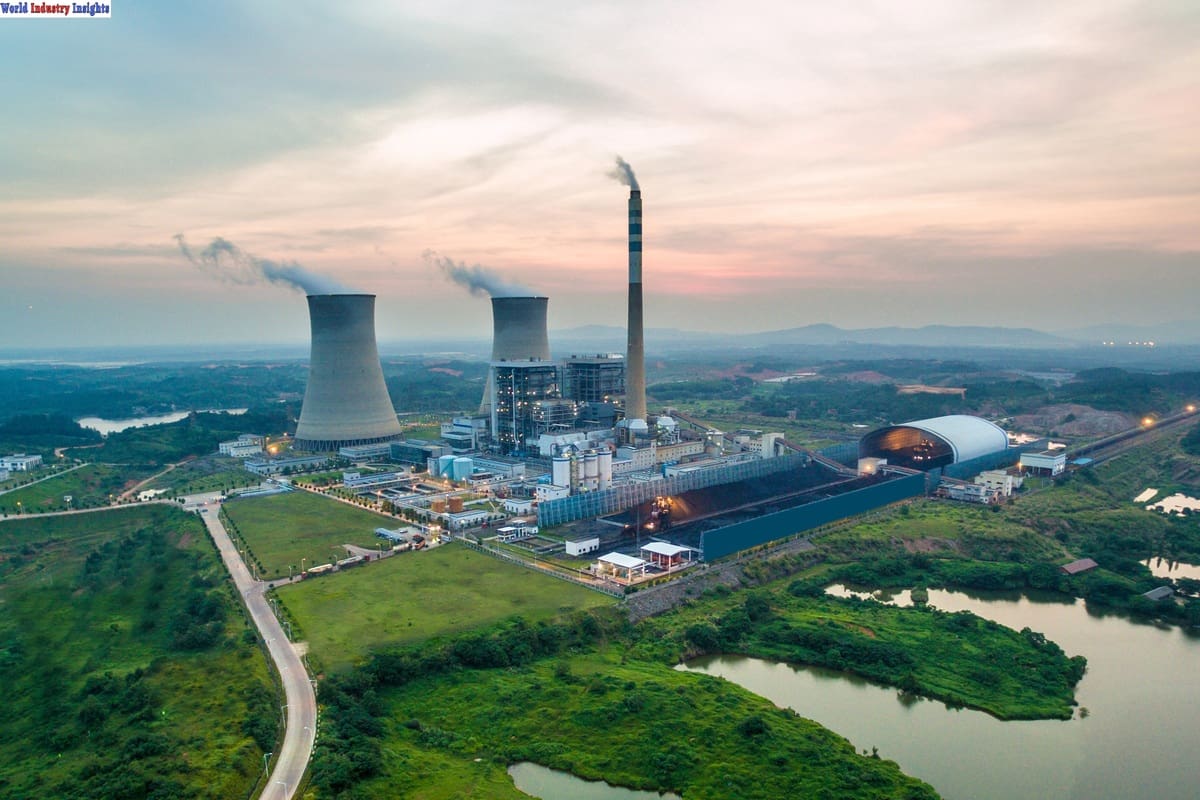Nuclear Reactor: A groundbreaking development unfolded on Monday as a new nuclear reactor commenced its operation, heralding a significant step towards sustainable energy for the United States. Owned primarily by Georgia Power, the third reactor unit at Plant Vogtle near Waynesboro, Georgia, has been declared operational after rigorous post-March examinations.
The state-of-the-art 1,110-megawatt AP1000 reactor from Westinghouse is capable of powering around 500,000 homes and businesses, highlighting the immense potential of nuclear power in meeting the country’s energy needs. Interestingly, this marks the first utilization of nuclear electricity since October 2016, when TVA launched Watts Bar Unit 2 in Spring City, Tennessee. Prior to this, there had been no new reactor operation since Watts Bar 1 back in May 1996.
Georgia utility CEO Kim Greene envisions a promising future for Vogtle Unit 3, predicting a staggering 60 to 80 years of reliable power generation from the facility. The location of Waynesboro in proximity to Plant Vogtle Units 3 and 4, along with the older Units 1 and 2, further underscores the significance of this achievement.
The milestone achieved by Vogtle Unit 3 holds great importance for the US nuclear energy sector. It not only represents progress in the pursuit of cleaner and more dependable energy solutions worldwide but also reflects the successful deployment of Westinghouse’s advanced AP1000 reactor, which effectively harnesses and directs energy.
However, it’s worth noting that reactor construction is a colossal undertaking fraught with challenges. The Vogtle 3 and 4 project, initiated in June 2009, has faced substantial cost and time escalations, as highlighted in a study by nuclear energy specialists from Columbia University.

Read More: Meta Stock Rebounds: An Analysis of the Tech Giant’s Resurgence
The financial implications of Vogtle 3 and 4 have been significant, with the cost of both reactors amounting to $14 billion in 2016 and 2017. In the present scenario, the completion and repair of Unit 4 are projected to require an additional staggering sum of $30 billion.
According to Columbia energy specialists, the construction timeline of Vogtle reactors, coupled with the financial burden, has had both positive and negative impacts on the nuclear industry, leading to a delicate balance between improvement and damage.
Despite past challenges, the pressing need for clean energy solutions in the face of climate change has spurred a resurgence of interest in nuclear technology. As of 2022, nuclear energy accounted for an impressive 47% of the US’s carbon-free electricity, a significant contribution to the nation’s energy mix since the 1990s.
In a related development, Georgia Power disclosed that Vogtle Plant Unit 4 is expected to commence operations in either 2023 or 2024. With Georgia Power holding a 45.7% ownership stake in Vogtle, other stakeholders include the Municipal Electric Authority of Georgia (22.7%), Oglethorpe Power Corporation (30%), and Dalton Utilities (1.6%).
The successful launch of Vogtle Unit 3 marks a notable stride in the quest for cleaner and sustainable energy sources, as nuclear power continues to play a vital role in shaping the nation’s energy landscape for the future.
Our Reader’s Queries
How does a nuclear reactor works?
A nuclear reactor operates by utilizing a process called fission, which involves splitting atoms. This is achieved by firing a particle, known as a neutron, at an atom. The atom then splits into two smaller atoms, along with some extra neutrons.
Does the US still use nuclear reactors?
The United States is a global leader in nuclear power production, responsible for approximately 30% of the world’s nuclear electricity generation. In 2022, American nuclear reactors generated an impressive 772 TWh, which accounted for 18% of the country’s total electrical output.
What are the 2 types of nuclear reactors?
In the United States, nuclear power plants are equipped with either a boiling-water reactor or a pressurized-water reactor. These reactors are responsible for generating electricity through the process of nuclear fission. While both types of reactors have their own unique features, they share the common goal of producing clean and reliable energy for the country. With the help of advanced technology and safety measures, nuclear power plants continue to play a crucial role in meeting the energy demands of the nation.
How powerful is a nuclear reactor?
A standard nuclear reactor generates a whopping 1 gigawatt (GW) of power.

